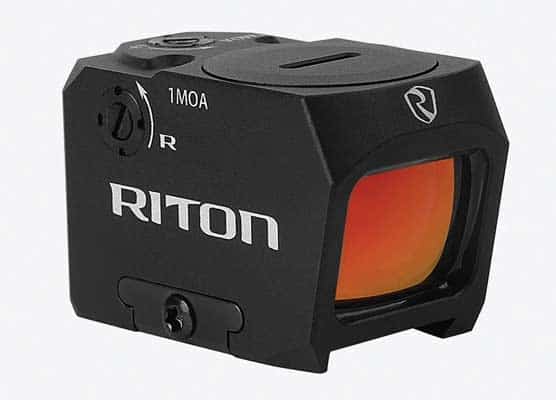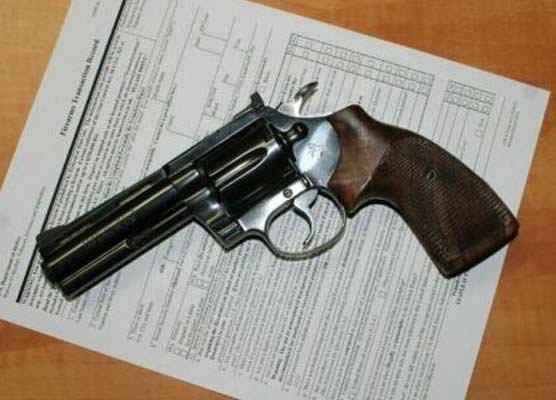Confederate Sixguns
Southern-Fried Revolvers
If there ever was a pair of mismatched combatants, it was in the American Civil War. The North had steel; the South had cotton. The North had three major manufacturers of firearms, Colt, Remington, and Smith & Wesson; the South had cotton. The Colt factory alone produced percussion revolvers by the hundreds of thousands; the South had no firearms factories. Colt made over 10 million paper cartridges; the South made uniforms. The one great advantage the South had was the overwhelming desire to be out from under the control of the Federal Government.
Outsourcing
Prior to the start of the war, the South was purchasing firearms from Colt. However, that was stopped quickly. The South also imported from Europe but the North blockaded the southern shore to keep most of these out. Some did arrive. A shipment of 7,500 British Kerr made it through the blockade. This was a most-interesting revolver looking somewhat like a double-action; however, to operate the hammer was cocked and then when the trigger was pulled, the cylinder rotated and the gun fired. Now 7,500 is not a lot when one has a full Army to outfit. What’s even more amazing is this is more than the total number of percussion revolvers actually produced by southern factories when they did get up and running. You can bet Mosby’s Raiders were mostly carrying Colt revolvers.
Since the South had no gun factories, Pres. Jefferson Davis had to ask manufacturers to step up and show their patriotism and belief in the South. Many who had never produced a revolver began doing so. There were several manufacturers but for this piece, I am only looking at those that I actually have a great deal of experience with, namely replicas by Pietta of the Griswold & Gunnison, Leech & Rigdon and Spiller & Burr.
Griswold & Gunnison was founded in 1862 by Samuel Griswold who had a large cotton mill and worked in tandem with A. Gunnison to convert the mill into a firearms factory. They did not start from scratch but rather used the Colt 1851 Navy as their working model. They, just as other manufacturers, were faced with large material shortages and asked for churches to help them. The brass frames of the Griswold & Gunnison came from steeple bells. They are easily recognized as they look like an 1851 Navy except for the brass frame and a round barrel.
Unlike the Griswold & Gunnison, the Leech and Rigdon did not have a brass frame. Thomas Leach and Charles Rigdon came together to heed the call of Jefferson Davis with a contract for 1,500 revolvers to be produced in Columbus, Miss. They also basically copied the Colt 1851 Navy but used a round barrel profile that was much easier to make than the octagon barrel of the original Colt. They spent much of their time fleeing the advancing Union forces and in 1862 they moved to Selma, Ala. and then to Greensboro, Ga. in early 1863. They dissolved the company in December 1863 having produced and delivered 1,000 revolvers.
One of my favorite .36 sixguns was designed by Edward Spiller and David Burr. The factory was set up in Atlanta and used the design of the Remington solid frame matched up with innards of a Colt. They never were able to produce the 15,000 revolvers called for in their contract. The Spiller and Burr sixguns are slightly smaller than the Remington and the loading lever will not allow for the loading of conical bullets without taking the cylinder out of the frame. This is overshadowed by the fact it is so easily carried due to its smaller size and lighter weight.
Loading
For my use with the .36 percussion sixguns, I have access to a pair of conical bullets from Eras Gone. These are the .36 Colt Cartridge Works and the .36 Richmond Laboratory design. The former was designed by Colt in the late 1850s with a weight of approximately 126 grains and a tapered heel to make insertion into the cylinder chamber easy. This heel also provided the surface area for attaching a paper cartridge. Colt produced millions of these and sold them to the U.S. Army. The latter .36 bullet was designed at the Confederate Arsenal in Richmond, Va. These also have the tapered heel and weigh right at 147 grains. These are cast-it-yourself projects; however, Kaido Bullets offers a flat-nosed Kaido bullet complete with grease grooves and weighing right at 145 grains.
Eras Gone specializes in providing historically accurate replicas of bullets from the percussion era and these are especially produced by Lee in double cavity persuasion and only available through Eras Gone. Mark Hubbs says this of these bullet molds he offers. First, the .36 Colt Cartridge Works bullet: “Colt introduced this bullet designed in the late 1850s and used it for the mass-produced combustible cartridges that it sold commercially and on contract to the U.S. Army. The bullet measured 0.380″ at its widest point and weighed 126 grains. The long tapered heel is smaller than chamber diameter and allows it to be easily seated and loaded in the chamber of the revolver. The heel also provides surface area for the attachment of a paper cartridge. The nominal powder charge of 17 grains of powder was standard in combustible cartridges and that is what we recommend also when loading with loose powder. Like all other percussion revolver bullets, they should be cast only with pure soft lead.” Of the .36 Richmond Laboratory bullet, Mark adds: “This was the third .36 caliber pistol design that emerged from the Confederate Arsenal in Richmond, Va. They are relatively common being found on Eastern battlefields and campsites…. The widest part of the bullet measures 0.390″ and it weighs in at about 147 grains. The long heel is 0.355″ and will fit easily into almost any .36 caliber revolver, original or reproduction.”
Using the Leech & Rigdon .36 and the conical Richmond over 16.5 grains H777 results in 749 fps and a 20-yard group for 5 shots of 2 ⅛”. Moving up to my pair of Griswold & Gunnison’s with the .36 Colt Cartridge over 17.0 grains of H777 yields 700 fps and a five-shot group of 1 ¾”. The second of the pair with the same combination sees the muzzle velocity go up to over 750 fps while the group expands to 2 ⅜”. This is why black powder percussion sixguns, just like all other sixguns, benefit from experimenting.









